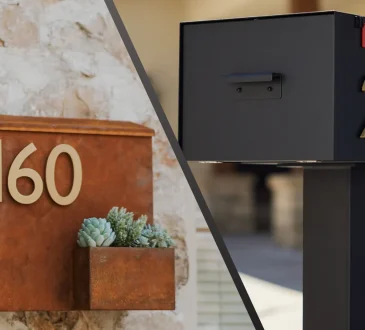
In this digital age we live in, utilizing data has become more important than ever. Contemporary businesses simply cannot compete in this oversaturated market if they fail to make the most out of available data.
This is why storing and processing said data can make a huge difference for business growth, and this is how data centres came to be. It’s possible to set up a data centre as a business-owned facility or outsource it to third-party providers. The key is to recognize the need for a specific type of data centre to fully utilize its power.
Hyperscale Data Centre
Also known as an enterprise hyperscale data centre, this is the most efficient and technologically advanced data centre solution available to date. They’re typically used by large corporations and big companies that can manage and build the entire support system by themselves.
For instance, hyperscale data centres are ideal for hyperscale companies such as Google, Facebook, and Amazon, but aren’t really effective for small and medium-sized businesses. These centres commonly utilize around 5000 servers and 500 cabinets to deal with big data storage. A facility that can store a hyperscale data centre needs to be at least 1000 sq. feet large.
Colocation Data Centre
Interconnection is key when it comes to colocation data centres. Namely, this particular type of data centre is used as a sellable resource for power, cooling, and space to other companies and data centres. SaaS service is often utilized in these cases in order to ensure smooth and efficient performance.
Owners of colocation data centres act as guides to the companies utilizing their services. Their design is created to cater to migrating customers. Depending on the size of the colocation data centre, they can have up to 100 cabinets.
Wholesale Colocation Data Centre
Wholesale colocation data centre differs from a colocation data centre in the sense that there’s only one single owner involved when it comes to selling the services to other hyperscale companies. In this case, there’s no huge need for interconnectivity as they’re predominantly used for managing an IT infrastructure.
That said, wholesale colocation data centres focus their services on fewer clients compared to standard colocation data centres. The number of customers hugely depends on the size of the data centre in question. The number of cabinets they house can be anywhere between 100 and 1000, sometimes even more.
Enterprise Data Centre
The entire architecture, design, and layout of enterprise data centres differ considerably compared to previously mentioned types. Most of the time, these data centres will be a part of the company’s facilities, even though it’s possible for them to be built remotely.
It’s important to mention that the company that owns an enterprise data centre is also utilizing that centre as a support for their own business practices. Different areas of the data centre can be allocated to different business departments in terms of task delivery.
It’s rather common for the in-house IT team to manage and maintain this particular type of data centre. Making the most out of services such as https://www.datacentresafety.com/ can make a huge difference here as well, not just when it comes to hyperscale and colocation data centres, as small and medium-sized businesses need all the protection and safety measures for smooth growth. They typically operate with at least 10 cabinets.
Telecom Data Centre
As the name suggests, telecom data centres support telecommunication companies. They’re also often owned by the telecommunication company they’re supporting. It’s also possible for service provider companies to utilize this type of data centre to the fullest if it matches their niche.
The whole point is to ensure the highest connectivity possible with minimal chances of downtime due to the nature of telecommunication services. Content delivery together with cloud and mobile services is the top priority of telecom data centres.
The company’s staff is usually responsible for the thorough management and maintenance of telecom data centres. It’s also possible to use the data centre within the data centre method to facilitate and differentiate data flow and processing. Working with cabinets is getting more popular, while typically these data centres make use of 2 post or 4 post racks.
There is no such thing as the best type of data centre. Different types of these centres exist in order to address different tasks, responsibilities, and needs of different companies and customers. This is precisely why it’s important to get familiar with the nature of one’s own business before proceeding to decide for the ideal type of data centre.




